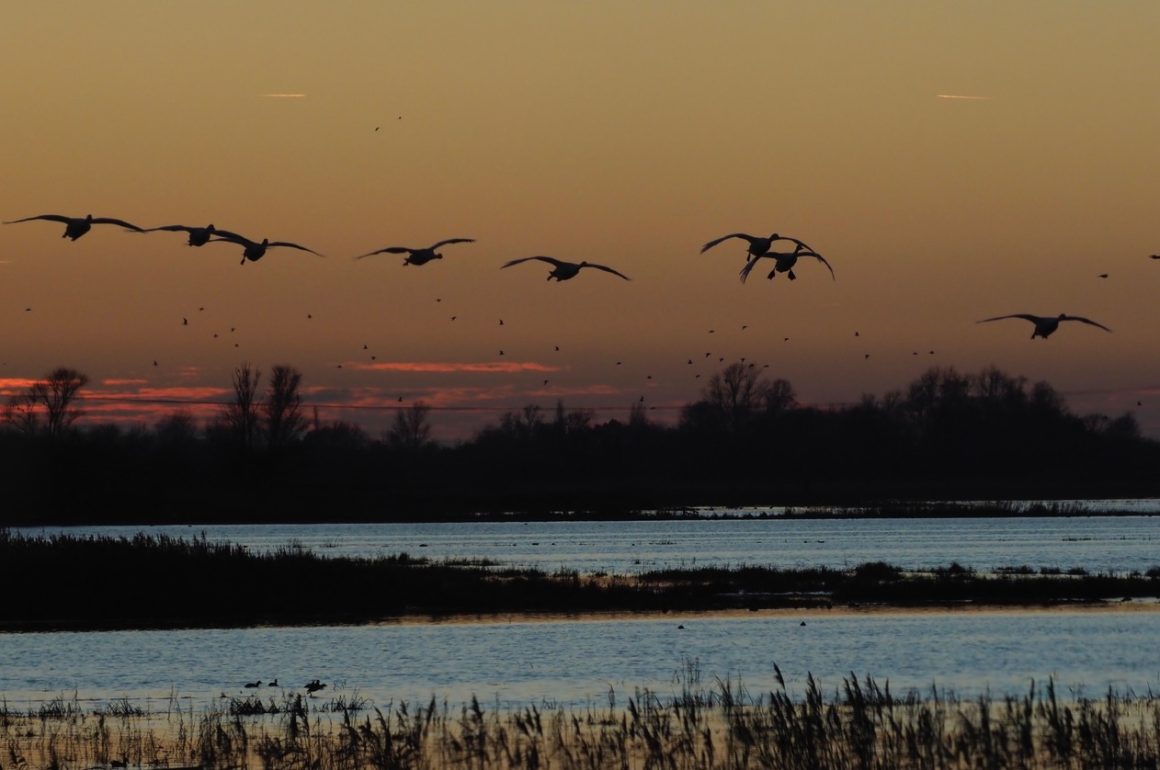
Watching birds can be done from the window of your car, by walking through nature or from the comfort of your home – watching your feeders or just whatever rummages through the garden leaf litter. However, to get really up close and personal with birds you will need to walk or crawl into a hide. Throughout 10000birds you will find plenty of hide-bound stories but for this post, our beat writers have highlighted some really special bird hides. Maybe these stories can help you plan your next trip…
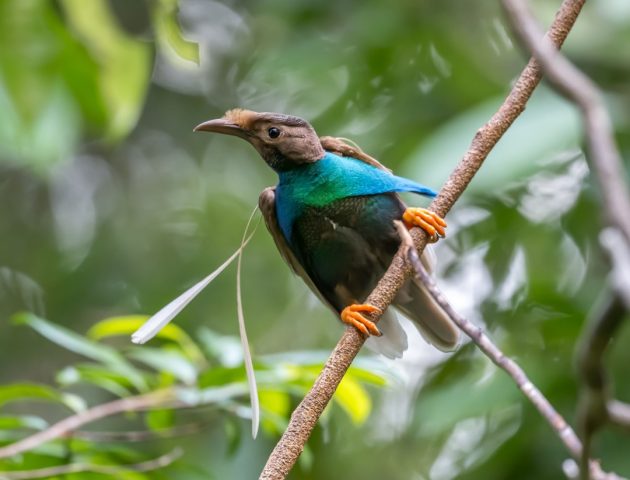
Halmahera is already quite remote. First, you fly to one of Indonesia’s bigger airports, then on to the small airport on Ternate, an even smaller island. Then, you take a boat on a one-hour trip to Halmahera, an island that is a lot bigger but also a lot less developed. From there, it takes another hour or two to the Aketajawe-Lolobata National Park with the Standardwing hide.
The rather inconsiderate Standardwings are only at the hide in the early morning – and reaching the hide from the ranger’s house requires an approximately two-hour walk. So, you need to leave your hotel (which is a bit of an exaggeration given the status of most Halmahera accommodations) at maybe 3 am, arrive at the park at 4 am, start walking, and reach the hide – or rather, a watchtower – before 6 am.
Then, the noise starts soon, before you can even see that much. But you already know it is male Standardwings giving their best to present themselves as the ideal partners to the females – strong, healthy, but also caring and supportive (at least that is how I interpreted their dance routines). Fortunately, the light gets a bit better with time (the first few minutes are very frightening for a photographer who would rather not just take fuzzy photos of shadowy silhouettes) – but after about 90 minutes, it is all over. Presumably, by then the ladies have made their choices, and it is time for breakfast (for the birds) and for the walk back (for the birdwatcher).
For more on the Standardwing and this hide, see https://www.10000birds.com/not-your-standard-bird-standardwing-on-halmahera.htm (Kai Pflug)
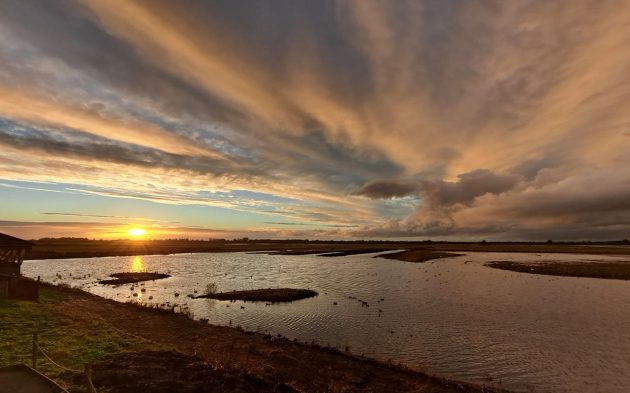
During a long birdwatching career I’ve sat in a multitude of bird hides in many different countries. One of the most memorable, though for the wrong reasons, was a hide overlooking a wetland near Valencia in Spain. Suddenly and without warning, the wooden flap came crashing down on my head, almost knocking me out. I saw stars rather than birds.
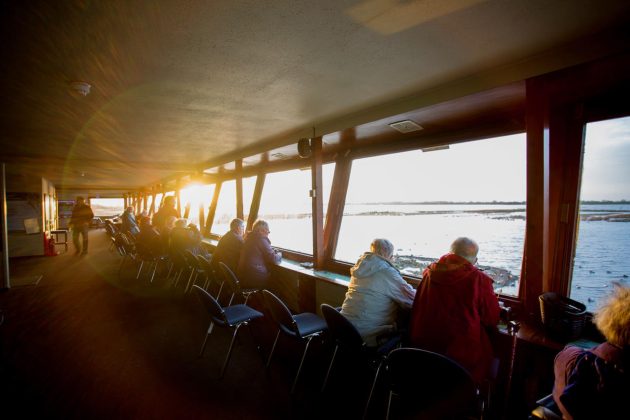
Such a thing could never happen in what is one of the largest (perhaps even the largest) and most luxurious bird hides in the world, at Welney on the Ouse Washes. Capable of holding at least 50 people in comfort (and most of them seated), it’s completely glass-fronted, though with the glass carefully angled to avoid problems with rain. Equally impressive, it has central heating, so you can sit in comfort for hours, even on a freezing winter’s day, and enjoy the spectacle of thousands of wildfowl and waders spread out before you.
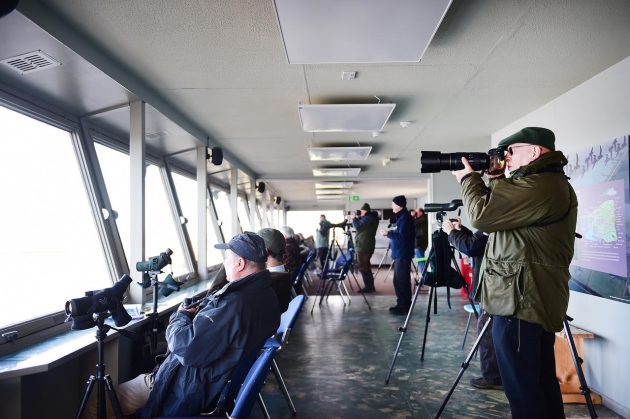
Welney is a Wildfowl and Wetlands Trust (WWT) reserve in eastern England. Though important for birds throughout the year, it’s at its best in winter when the washes are flooded, attracting thousands of Whooper Swans. The hide was highly controversial when it was first built 50 years ago, attracting derision from those who thought that it didn’t cater to real birdwatchers. However, it has been remarkably successful in introducing many people to the pleasure of birdwatching. Who is going to complain about having warm hands and feet in mid-winter? Bird photographers are also catered for, as the hide has a concrete basement from which you can take photographs of wildfowl at eye level. Unfortunately, it’s not heated. (David Tomlinson)
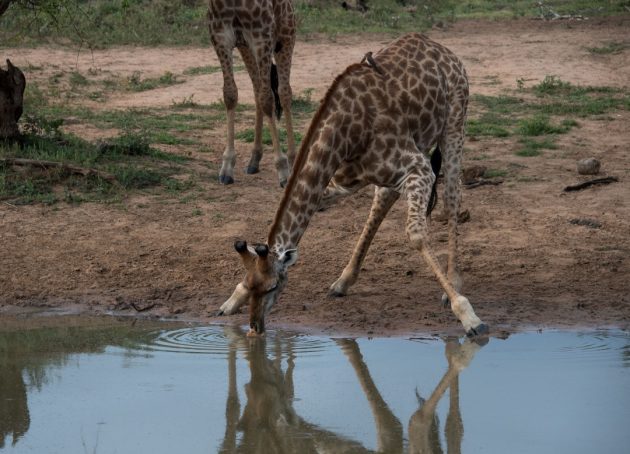
Kumasinga Hide at Mhkuze Game Reserve, South Africa is my dream hide, the hide where I want to spend the rest of my life … almost. It is built partly above a watering hole – if there hadn’t been so many nice birds, I might have remembered to take a photo of the hide itself, but you can still take a look at it here. It has a very nice spacious feeling to it – all wood and open air and not many people, at least when I was there. While there are also many mammals coming to drink here – I saw giraffes, zebras, and buffalos – they rarely stand in front of birds and thus are not a big problem for birders. These birders get a lot to see: kingfishers, turacos, paradise flycatchers, oxpeckers, plovers, cuckoos, firefinches, doves, starlings…
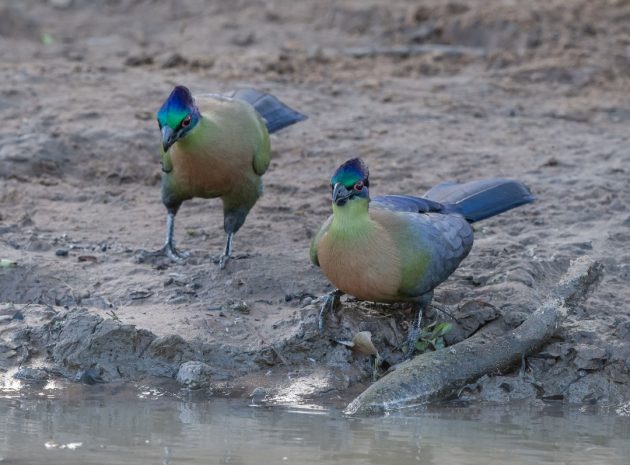
Plus – and quite different from the Halmahera hide – you drive within 100 meters of the hide entrance. Birding for lazy people. I need to go there again. For more on birding Mkhuze, see https://www.10000birds.com/birding-mkuze.htm. (Kai Pflug)
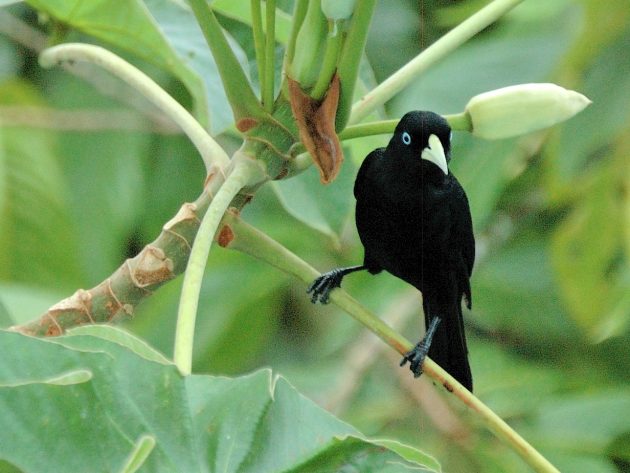
The best hide in the world has the comforts of Welney, lies close to the hotel and serves breakfast while you are watching amazing birds. A hide that has enticed the Emperor of Japan or Sir David Attenborough to visit. Doesn’t exist? It does, and it’s called Canopy Tower. The hide IS the hotel/lodge… This lodge is a converted military watchtower the Americans left behind when the Panama Canal was handed back to the Panamanians. A local entrepreneur bought it and turned the place into (a rather noisy) hotel. The surrounding Parque Nacional Soberanía consists of secondary rainforest, which is terrible birding habitat. So many trees and bushes… Canopy Tower has two solutions to that problem. The guides in its employment know the calls of hundreds of birds. Astoundingly, they can whistle those very same calls, fooling the birds to come closer. Electronic playback is not allowed, but the Neotropical gems are no match for these fantastic guides’ bushcraft. Eighty lifers in a single morning… Secondly, as the name suggests, Canopy Tower reaches into the canopy. And in the canopy of the forest is where the action is. Forget about craning your neck to look upward, just sip your morning coffee, eat your buttered scone, and watch the birds at eye-level. (Peter Penning)
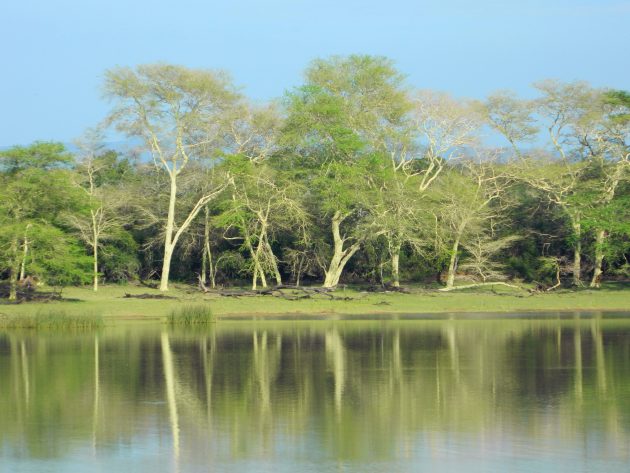
Fittingly named, the Nyamiti Pan Hide borders the Nyamiti Pan in Ndumo Game Reserve, undoubtedly one of the best birding spots in South Africa. The view across the fever tree-bordered pan makes for a great setting to connect with various species frequenting the subtropical wetlands and woodlands. One memorable afternoon here, I saw Pink-backed Pelicans roosting on trees by the shoreline, Black Herons hunting along the wet verges, and Southern Brown-throated Weavers frequenting the reeds, while the drawn-out call of African Fish-Eagles rang from overhead. The thickets around the short path to the hide are also excellent for Gorgeous Bushshrike, Eastern Nicator, and Bearded Scrub-Robin (Luca Feuerriegel).


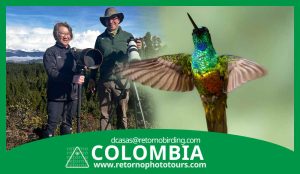


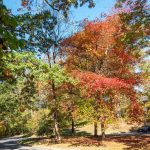
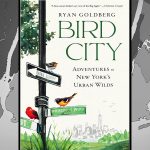
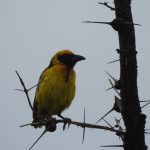

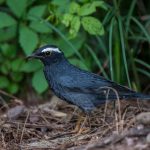
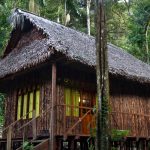
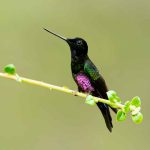
Leave a Comment